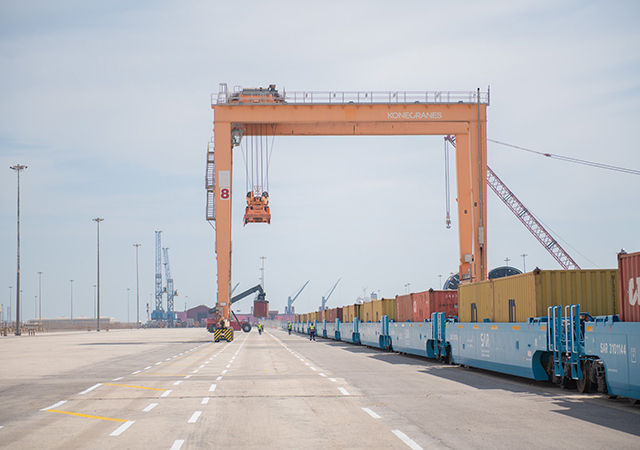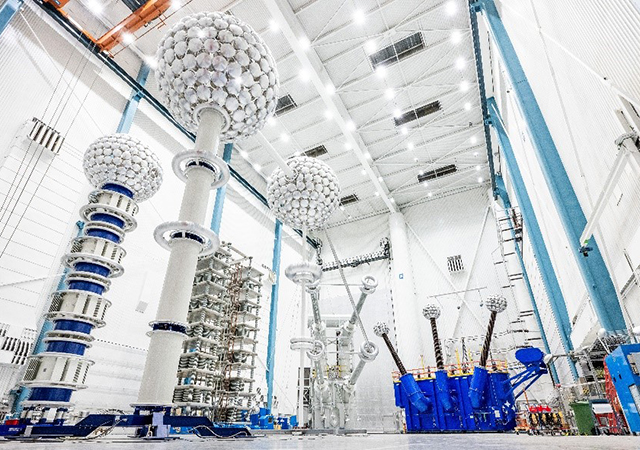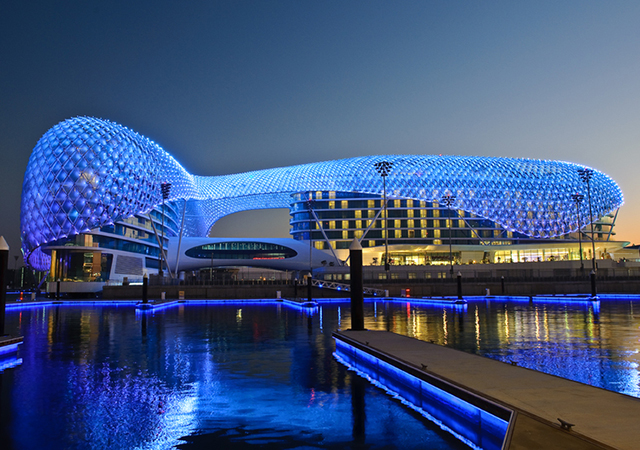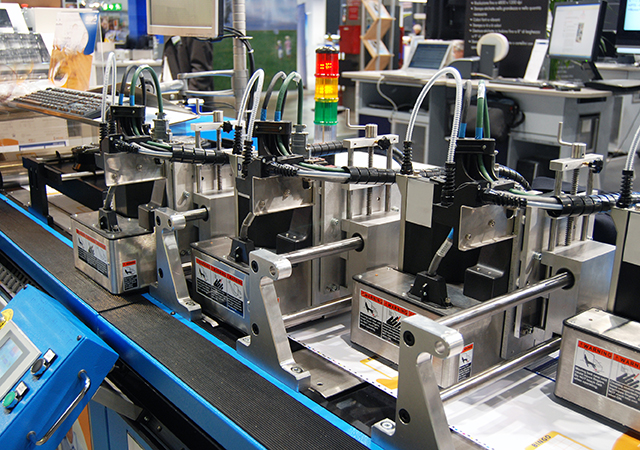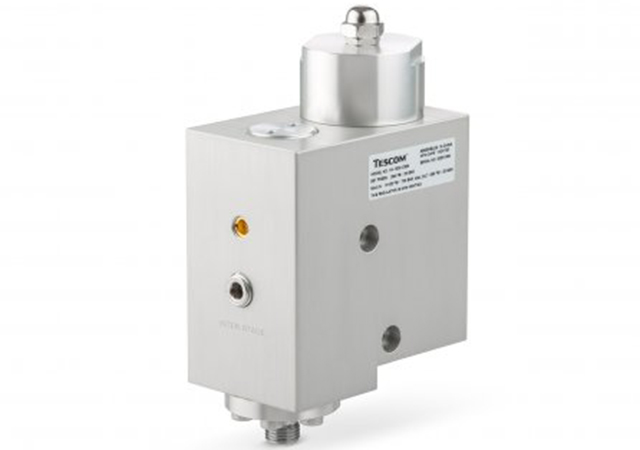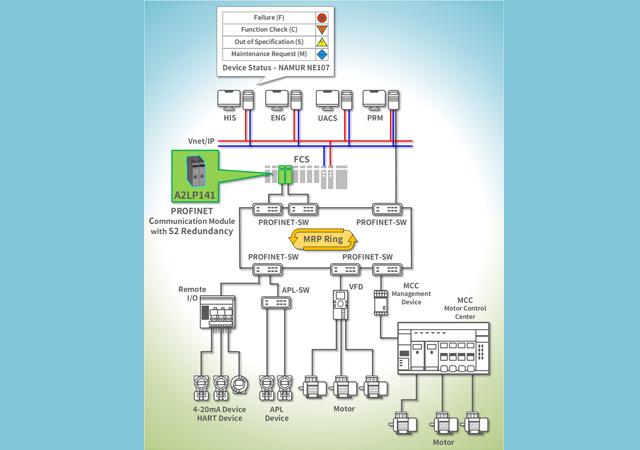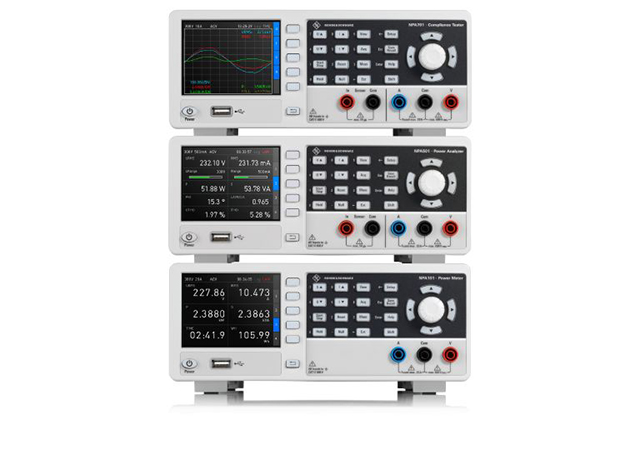
 Airbus: tough competition
Airbus: tough competition
The revival of competition between Boeing and Airbus is expected to result in record delivery of the highly popular narrow-body platforms and a 9.4 per cent year-on-year growth in production.
Boeing and Airbus will produce more than 1,750 aircraft in 2019, up from 1,606 units in 2018, and propel the market towards $258.95 billion.
The data comes from Frost & Sullivan’s recent publication 2019 Global Commercial Aerospace Outlook, which analyses the current market landscape of the commercial aerospace industry at a global level. It covers the regions of Asia-Pacific, Europe, North America, Middle East and Africa, and Latin America.
 |
|
Boeing: expected to receive a boost |
According to the report, Boeing will receive a boost once it finalises its deal for Embraer’s airliner business in 2019 to counter Airbus’s acquisition of Bombardier’s C Series program; it will continue to develop its new mid-market aircraft (NMA) platform and position itself for growth in next-generation markets.
“Aircraft original equipment manufacturers (OEMs) and suppliers will continue to focus on digitalisation of platforms for streamlining flight operations, planning and scheduling, sales and distribution, marketing, disruption management, and technical operations,” said Timothy Kuder, research analyst, Aerospace & Defense (A&D).
“Top aerospace companies as well as entrants are investing in R&D centered on electrical propulsion, generation, distribution, storage, and conversion,” he added. Asia-Pacific will experience the highest growth in terms of aircraft deliveries and will sustain this position in the future. However, North America and Europe will continue to be the largest suppliers of aircraft,” noted Kuder.
“In terms of technologies, advanced composite materials, additive manufacturing, and electrification will disrupt the design and construction of platforms, while digitalisation of aviation has already evolved into a $1.5 billion business,” he further added.
For additional growth opportunities, the report suggests that aircraft suppliers and MRO facilities will look to: adopt digital technologies like Blockchain, develop technologies like fibre metal laminate (FML); seek opportunities to be integrated with OEMs; foster global partnerships covering new regions focus on partnerships and cross-industry relationships to achieve wider implementation; and prepare for the servicing of next-generation airframes and engines.
RISING DEMAND
A&D industry faced a rough patch in the past, in terms of growth and development, the report noted. However, the A&D industry outlook seemed to take a steadily rising trajectory since 2018 and is likely to maintain it for another decade. One of the most primary reasons behind the affluent growth witnessed by the industry is the growing production of commercial aircraft. The aircraft backlog is at its highest, which is, pushing major manufacturers to speed up the rate of production, leading exponential growth to the industry. While the production rates fasten, there is a high probability of supply chain interruptions due to suppliers’ struggle to keep up with the sudden rise in demand for components.



